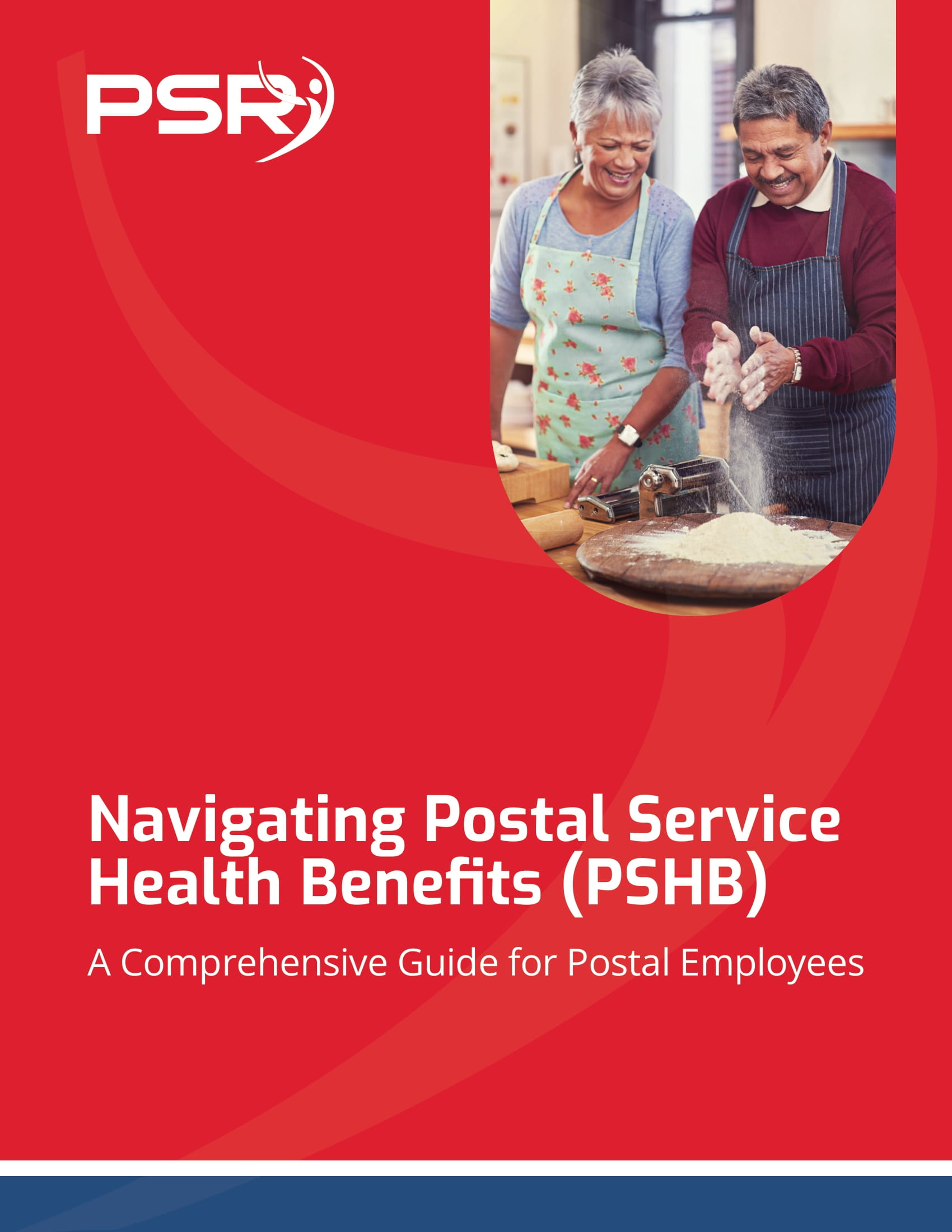Key Takeaways
- The Civil Service Retirement System (CSRS) offers a robust pension framework that stands apart from other federal retirement plans with its unique structure and benefits.
- Understanding CSRS’s distinct features can help you better appreciate its value and plan your retirement strategy effectively.
What Makes CSRS Stand Out?
As a federal employee or retiree under the Civil Service Retirement System (CSRS), you’re part of an exclusive group benefiting from one of the most generous retirement systems ever offered by the government. Though CSRS was replaced by the Federal Employees Retirement System (FERS) for new hires in 1987, it still covers thousands of public sector workers who were onboard before this transition.
- Also Read: FAA, Law Enforcement, and Special Federal Employee Categories—Here’s What Makes Their Retirement Unique
- Also Read: Blending Private and Public Sector Retirement Plans Is Complicated—Here’s Where Couples Get It Wrong
- Also Read: The Silent Shift in Postal Service Retirement Benefits That Could Change Everything by 2026
A Pension Unlike Any Other
The CSRS pension is what truly sets it apart. With its formula based on years of service and your highest average salary over three consecutive years (often called the “high-3”), this plan delivers a steady, predictable income throughout your retirement years.
The Generous Formula
- 2% of Your High-3 Salary Per Year: For the first 10 years of service, you receive 2% of your high-3 salary per year.
- 2.5% for Each Additional Year: After the initial 10 years, each year adds another 2.5% of your high-3 salary.
- Maximum Payout: The total pension benefit caps at 80% of your high-3 salary, which typically requires 41 years and 11 months of service.
This structure makes CSRS pensions significantly higher than those provided under FERS, where the formula includes a smaller percentage and relies more on contributions to Social Security and the Thrift Savings Plan (TSP).
No Need for Social Security Contributions
One key difference you’ll notice with CSRS is the lack of Social Security contributions. While FERS employees must contribute to Social Security, CSRS participants don’t pay the 6.2% Social Security tax from their salaries. Instead, you contribute a higher percentage—currently around 7%—to your pension system.
How Does This Impact Your Retirement?
- Higher Take-Home Pay During Employment: Without Social Security deductions, CSRS participants often enjoy slightly higher take-home pay during their working years.
- Medicare Contributions Still Apply: You’ll still pay the 1.45% Medicare tax, ensuring you’re covered under Medicare Part A when you turn 65.
However, this setup means you won’t earn Social Security benefits from your federal service unless you worked in Social Security-covered jobs before or after your CSRS career.
Cost-of-Living Adjustments (COLAs)
Another standout feature of CSRS is the inclusion of cost-of-living adjustments (COLAs) to help your pension keep pace with inflation.
How COLAs Work
- Annual Increases: Your CSRS pension is adjusted annually based on changes in the Consumer Price Index (CPI).
- Full Inflation Protection: Unlike FERS retirees, who may receive partial COLAs depending on inflation rates, CSRS retirees are eligible for full inflation adjustments each year.
This ensures your purchasing power remains intact, even as the cost of living rises. Over time, these annual increases can make a significant difference in your financial stability during retirement.
Survivor Benefits: A Safety Net for Loved Ones
CSRS also offers comprehensive survivor benefits, providing financial security to your spouse or eligible dependents if you pass away.
How Survivor Benefits Are Calculated
You can elect to provide up to 55% of your pension to your survivor, though doing so will slightly reduce your monthly pension payments. The reduction is typically around 10% of your annuity, depending on the amount of coverage you select.
- Eligibility: Survivor benefits are available to spouses, former spouses (if court-ordered), and dependent children.
- Flexibility: You can choose to waive survivor benefits if both you and your spouse agree, but this decision requires careful consideration.
Retire Early Without Losing Out
Unlike many other retirement systems, CSRS allows you to retire early with minimal penalties, provided you meet specific criteria.
Optional Early Retirement
- Eligibility: If you’re at least 55 years old with 30 years of service, you can retire without penalties.
- Reduced Service Retirement: If you leave federal service before meeting the full eligibility requirements, you may still qualify for a deferred pension, payable at age 62.
This flexibility makes CSRS ideal for those who’ve spent the majority of their career in public service and are ready to step into retirement earlier than their peers under FERS.
The Windfall Elimination Provision (WEP): What You Should Know
If you qualify for Social Security benefits from non-federal employment, your CSRS pension may trigger the Windfall Elimination Provision (WEP), which reduces your Social Security payments.
How WEP Works
- Reduced Formula: WEP modifies the formula used to calculate your Social Security benefits, resulting in a lower monthly payout.
- Impact Limitations: The maximum reduction in 2024 is $557.50 per month, though this amount changes annually.
Understanding WEP is critical if you’ve worked in both CSRS and Social Security-covered jobs, as it directly affects your retirement income planning.
Thrift Savings Plan (TSP): A Valuable Addition
Though CSRS is primarily a pension-based system, you still have access to the Thrift Savings Plan (TSP), which can serve as a valuable supplement to your retirement income.
Key Benefits of TSP for CSRS Employees
- Tax Advantages: Contributions to your TSP are tax-deferred, and withdrawals during retirement are taxed at ordinary income rates.
- Flexibility: You control how your TSP funds are invested, choosing from a range of funds designed to match different risk levels.
While you don’t receive matching contributions like FERS employees, maximizing your TSP contributions can help bridge any gaps in retirement income.
Health Benefits That Carry into Retirement
CSRS participants are also eligible for continued health insurance coverage under the Federal Employees Health Benefits (FEHB) program.
How FEHB Works for Retirees
- Access to Plans: You can retain the same health insurance coverage into retirement if you’ve been enrolled in FEHB for at least five years before retiring.
- Coordination with Medicare: Once you turn 65, Medicare can act as your primary coverage, with FEHB serving as secondary insurance.
This seamless transition ensures you’ll have comprehensive healthcare coverage throughout your retirement.
Tax Considerations: What to Keep in Mind
While CSRS pensions are a fantastic benefit, they’re also subject to federal income tax—and possibly state income taxes, depending on where you live.
Taxable Portions
- Annuity Payments: Most of your monthly annuity is taxable, though a small portion may be excluded as a recovery of your contributions.
- Plan Ahead: Work with a financial advisor to understand how your CSRS pension will impact your overall tax liability in retirement.
Maximizing Your CSRS Pension Benefits
To make the most of your CSRS benefits, consider these tips:
- Plan for Survivor Benefits: Choose a coverage option that aligns with your family’s financial needs.
- Contribute to Your TSP: Supplement your pension with additional retirement savings.
- Understand WEP Implications: Account for reduced Social Security benefits if applicable.
- Prepare for Taxes: Factor in federal and state taxes when budgeting for retirement.
Why CSRS Remains a Benchmark for Federal Pensions
CSRS isn’t just a retirement system; it’s a legacy of an era when pensions were the cornerstone of financial security for federal employees. If you’re fortunate enough to be covered under CSRS, you’re part of a system that offers unparalleled benefits, from substantial pensions to inflation protection and survivor options.
Whether you’re nearing retirement or exploring your options as a CSRS participant, understanding these unique perks can help you appreciate just how special this system is—and ensure you’re prepared to make the most of it.












